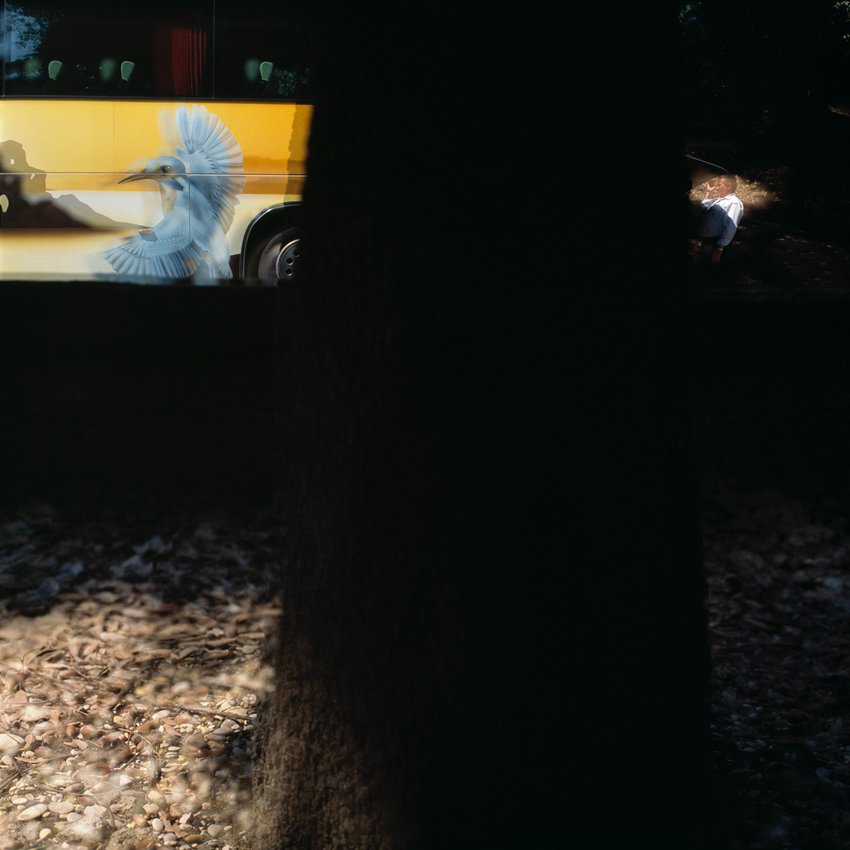
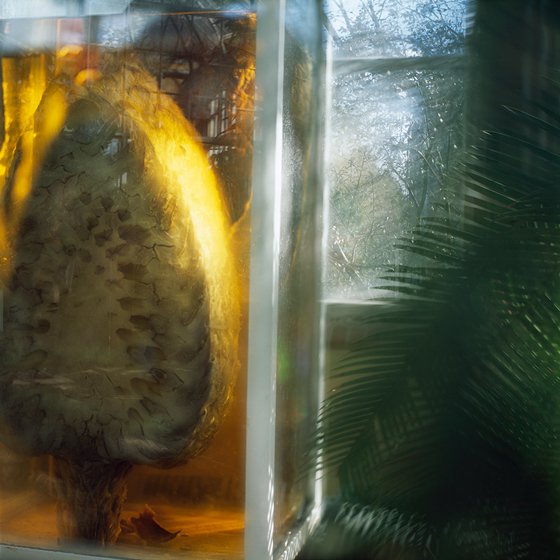
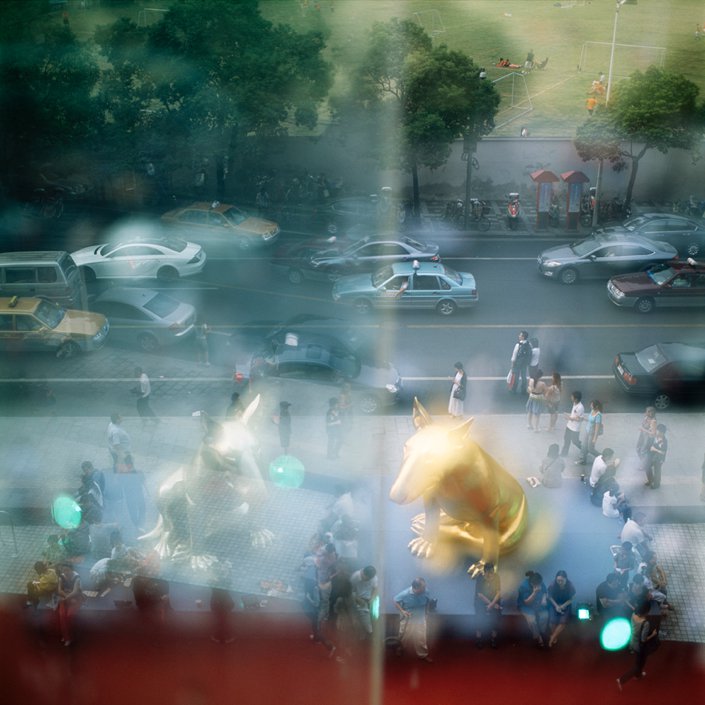
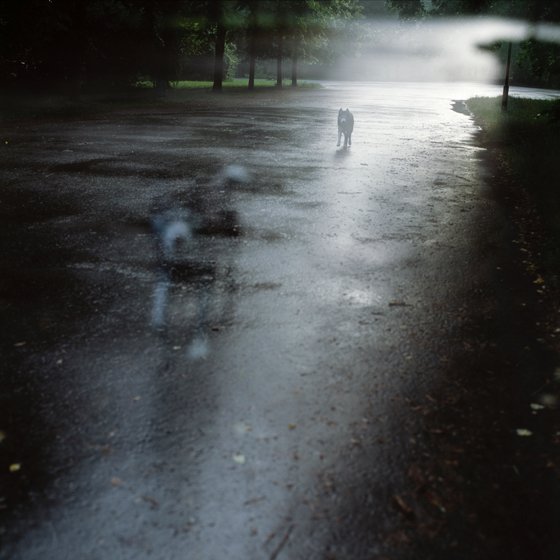
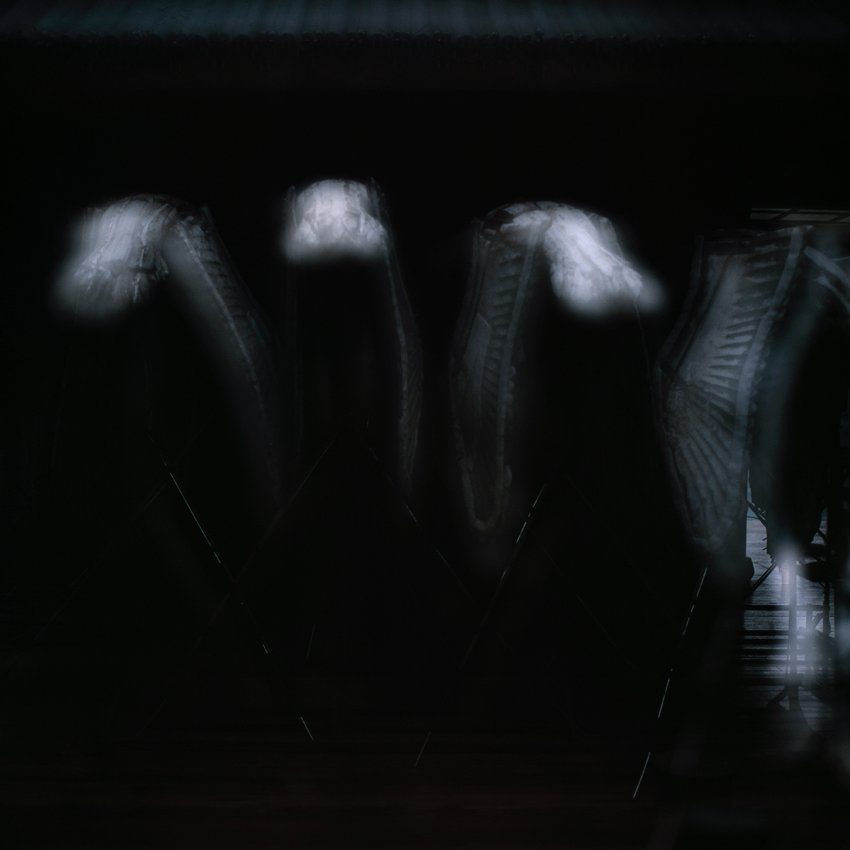
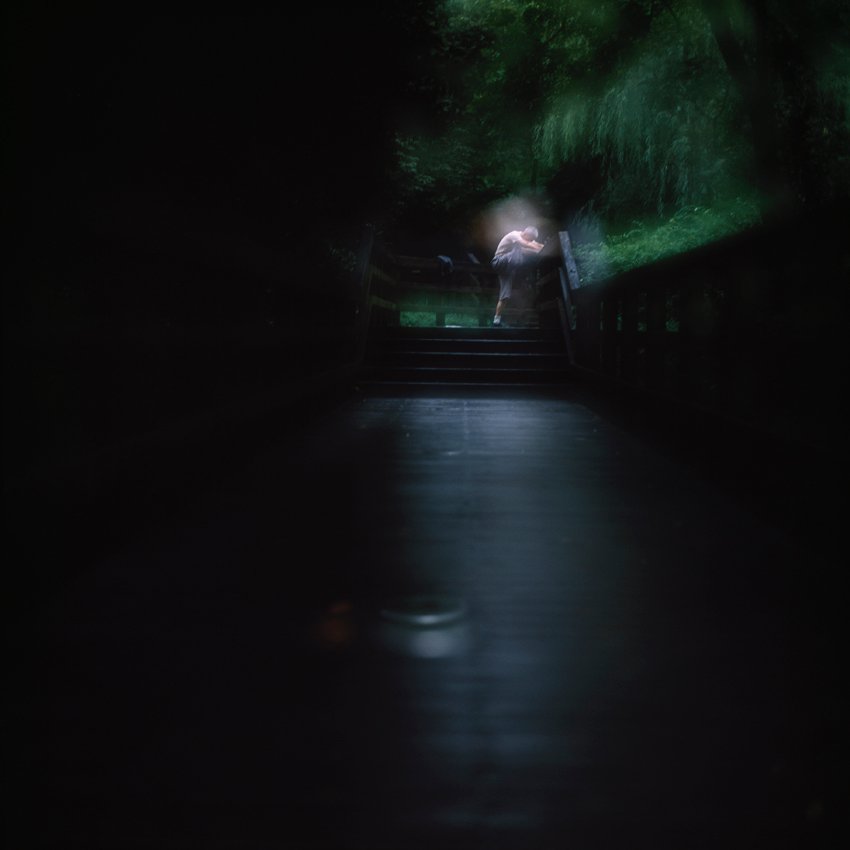
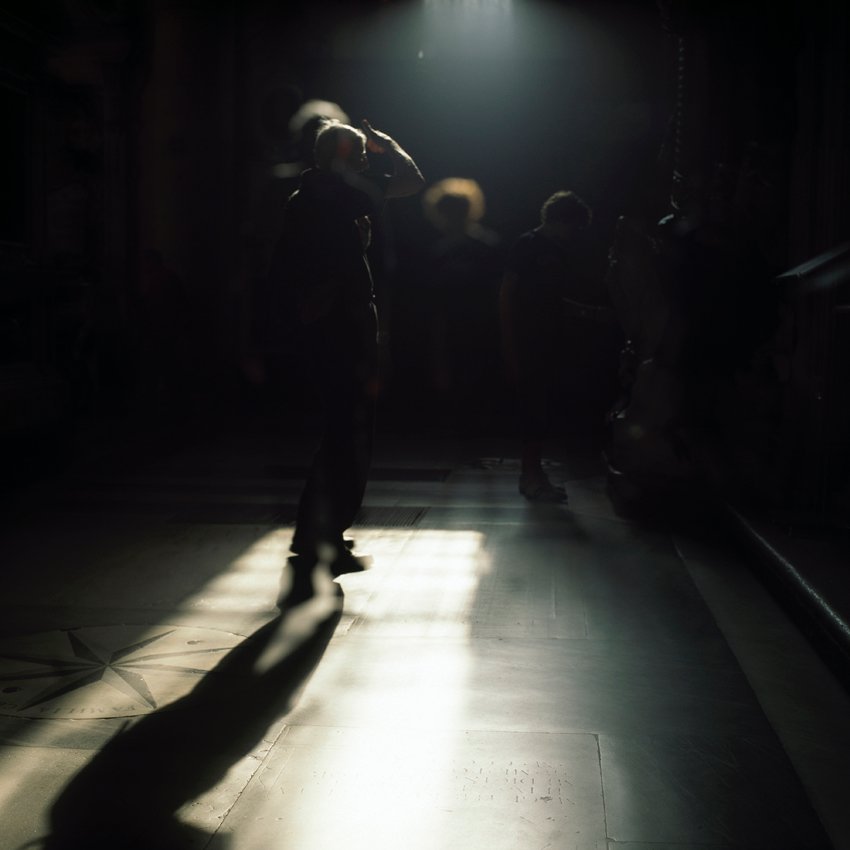
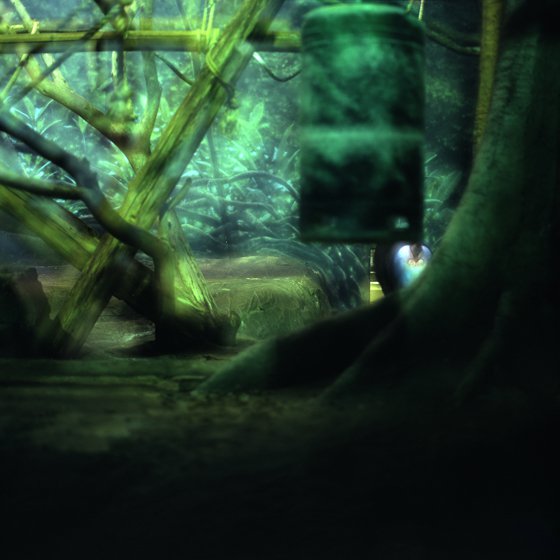
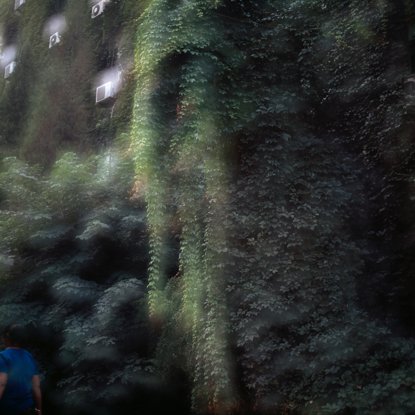
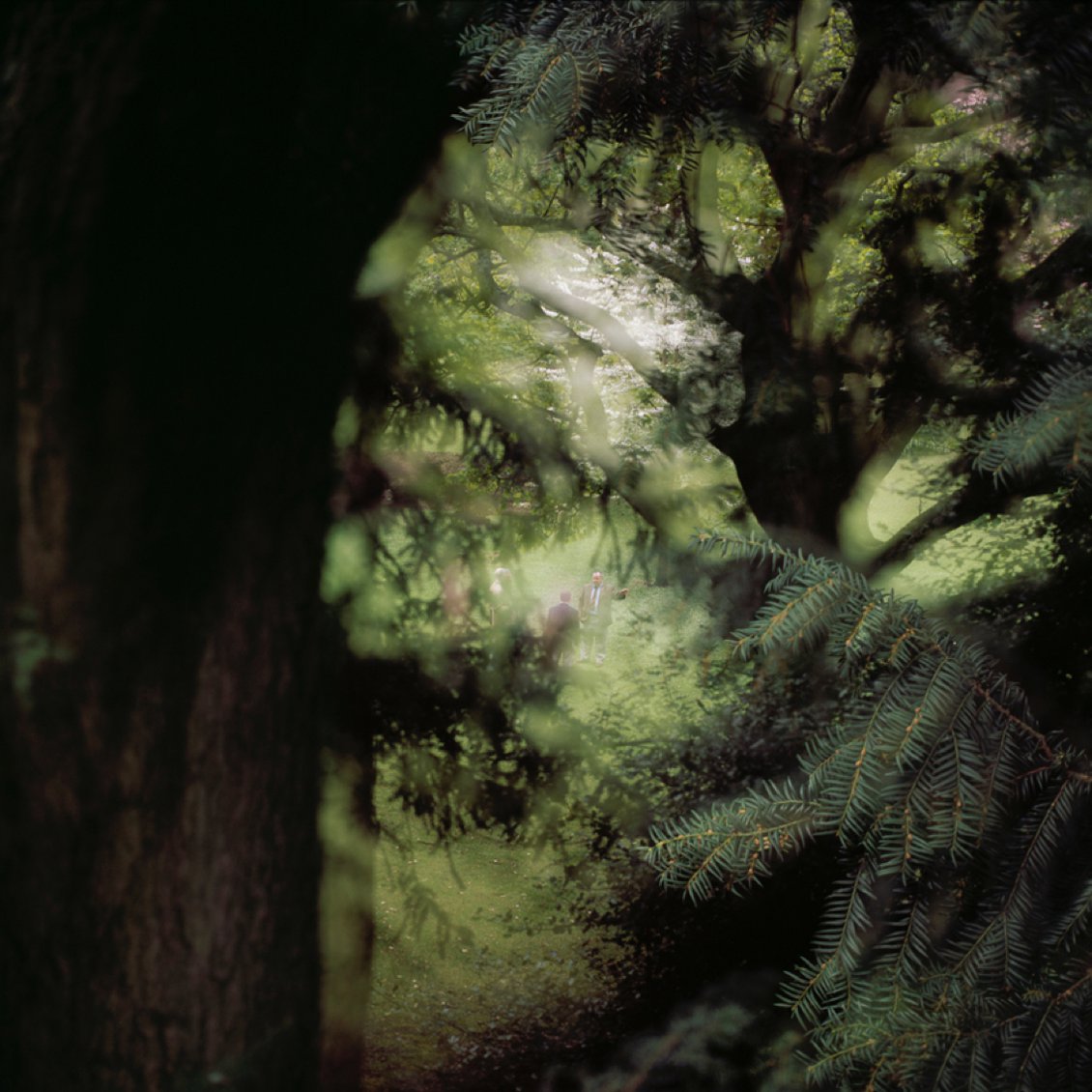
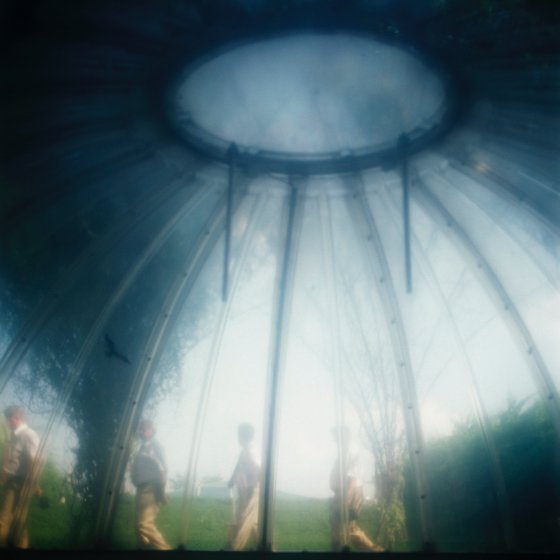
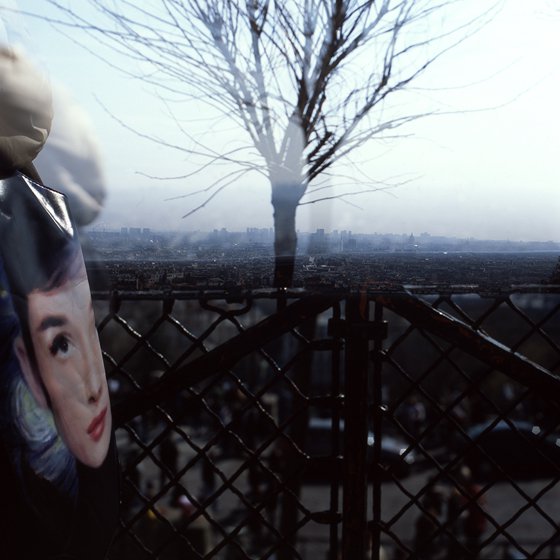
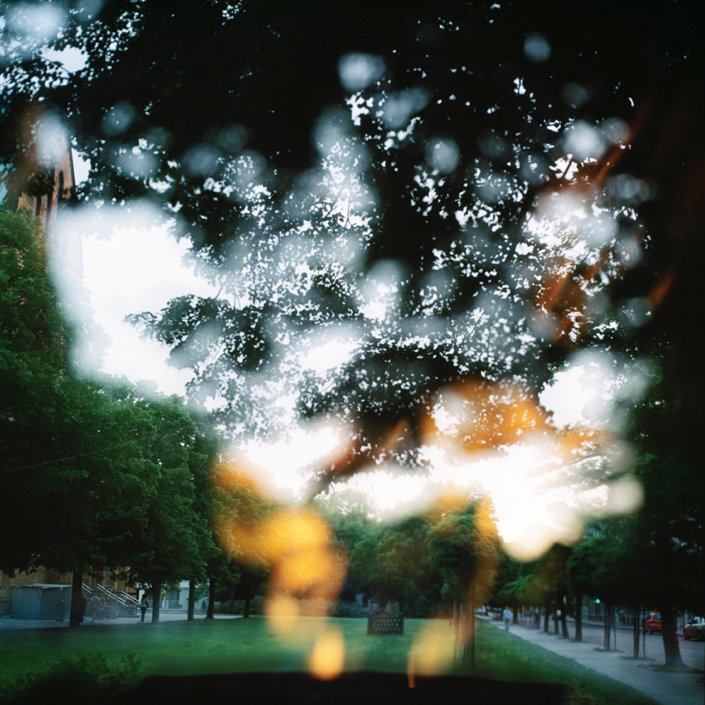
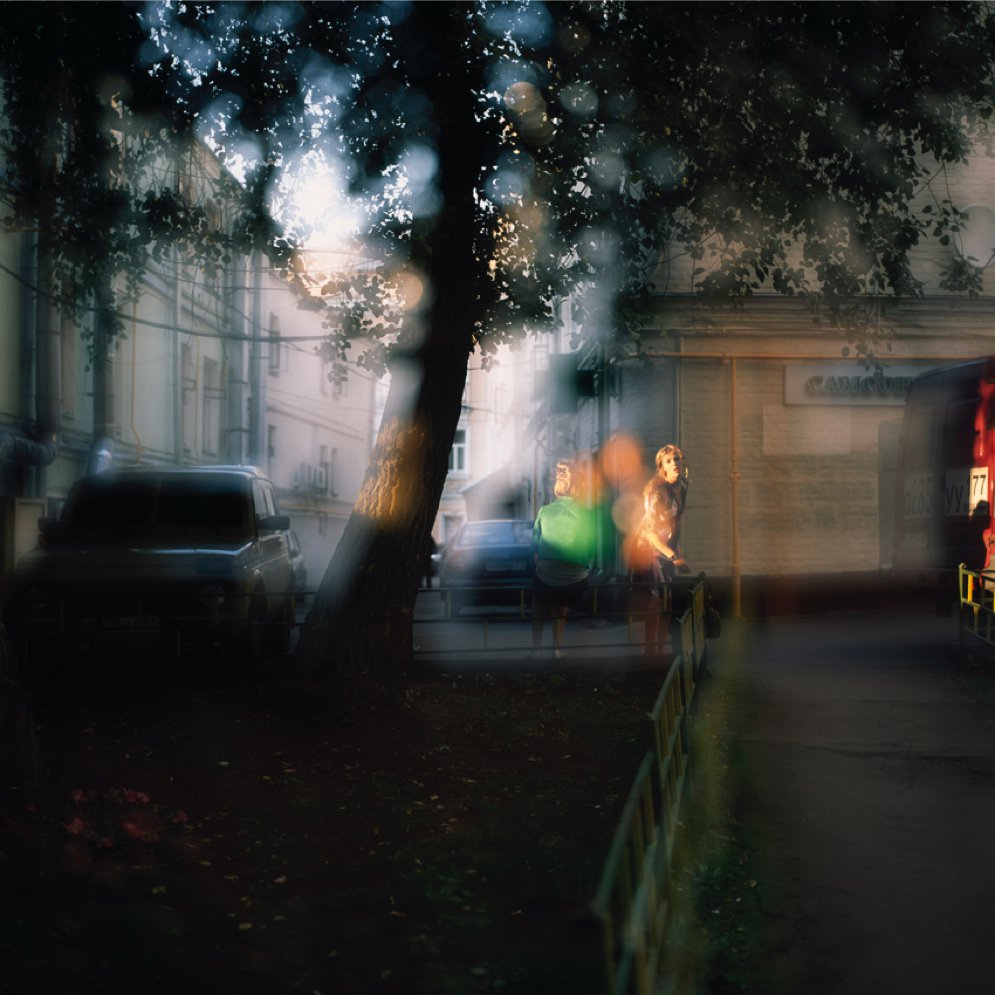
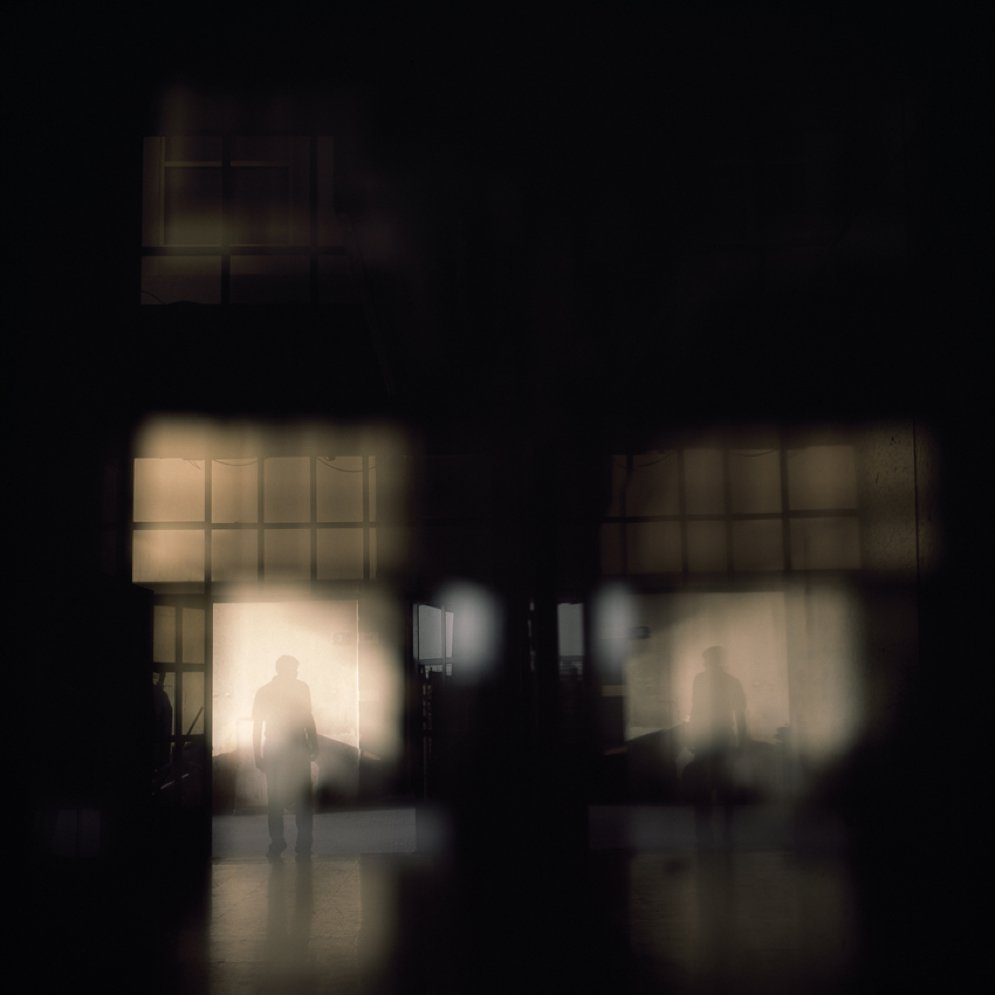
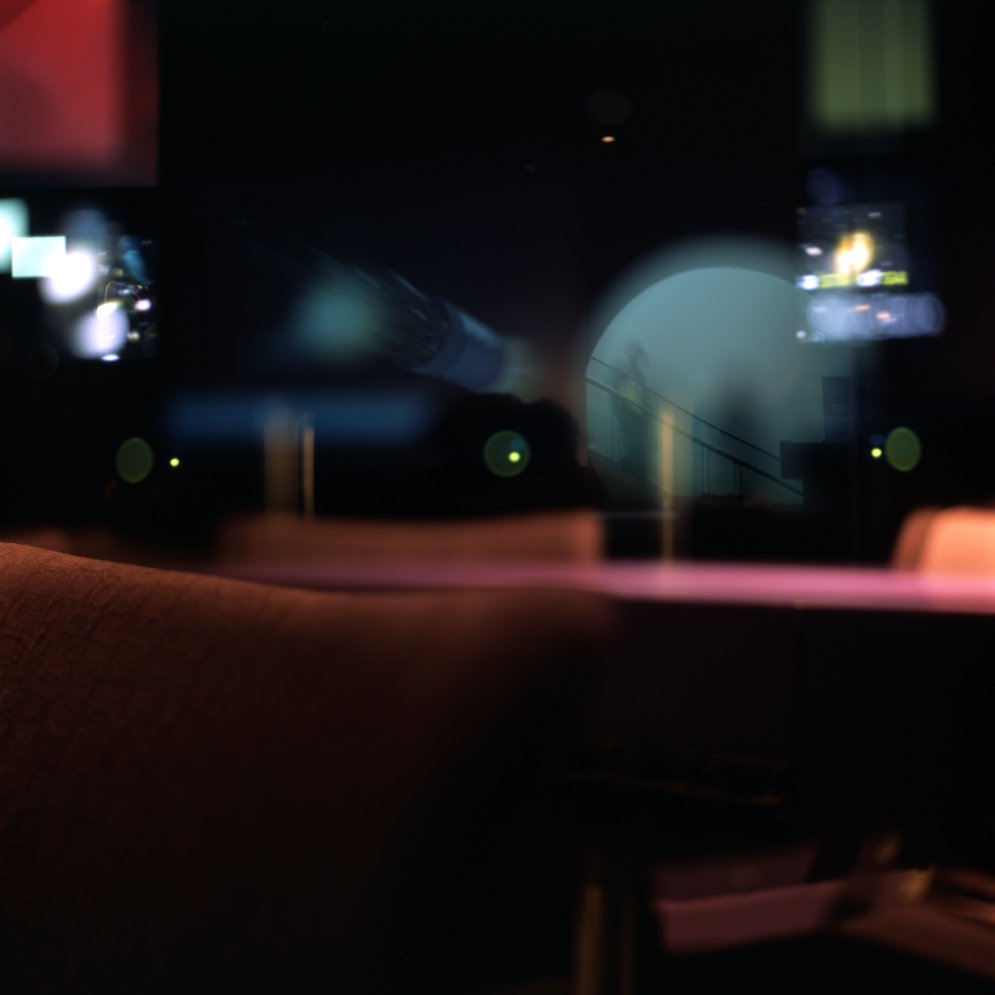
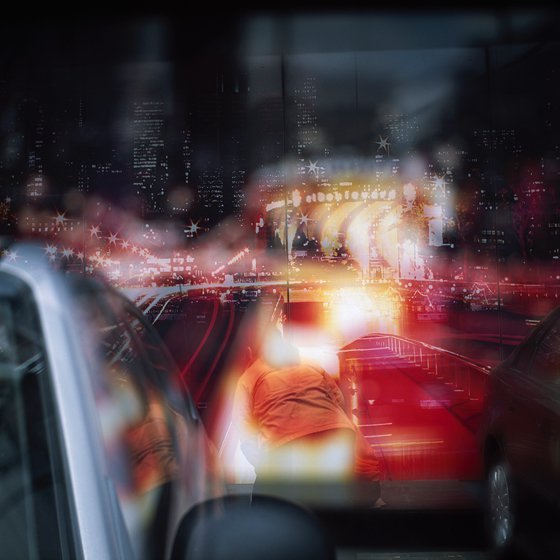
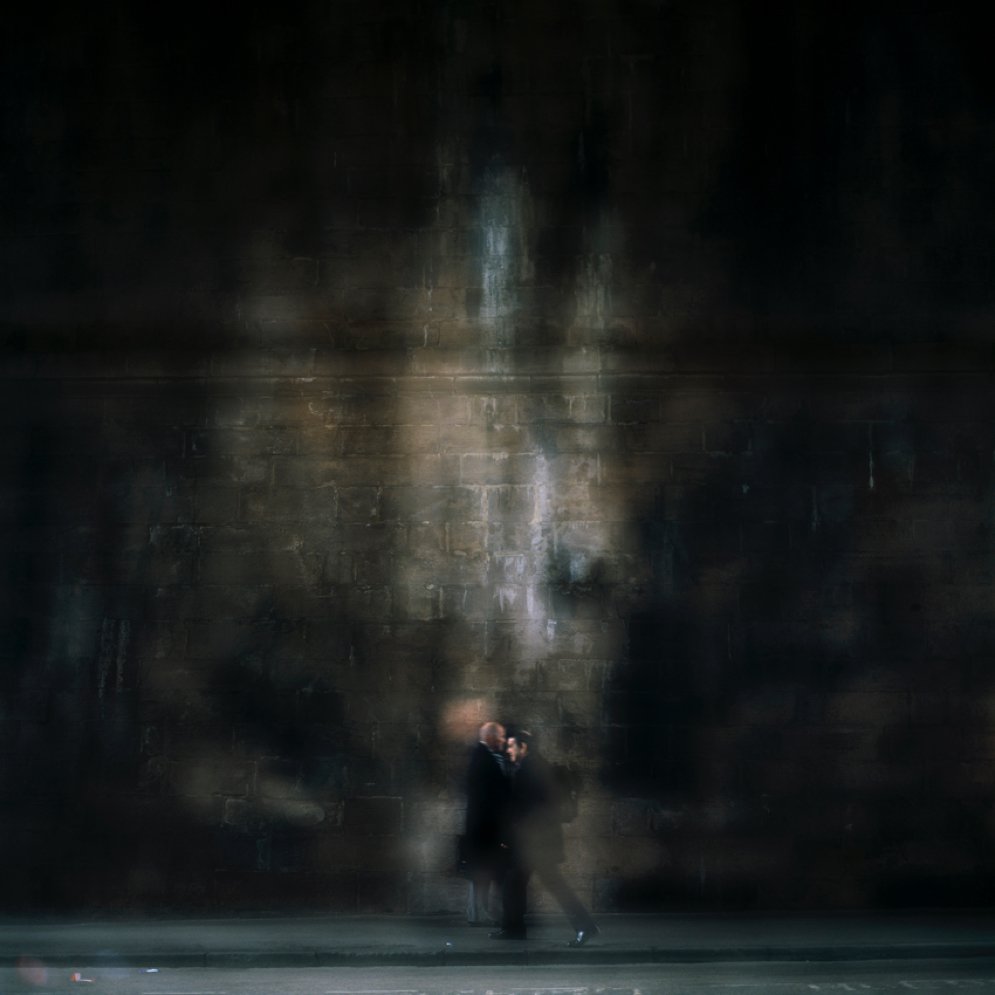
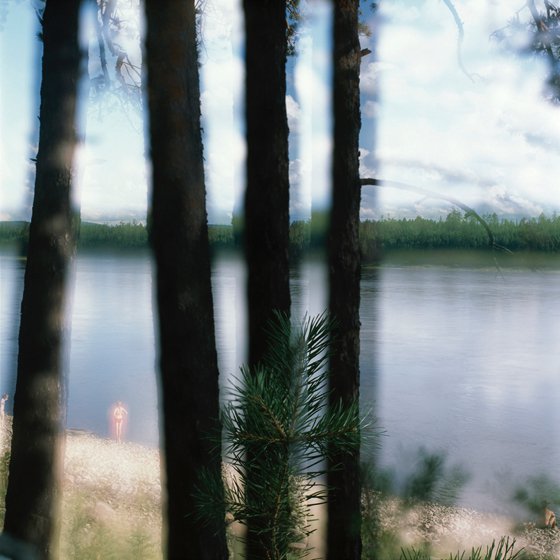
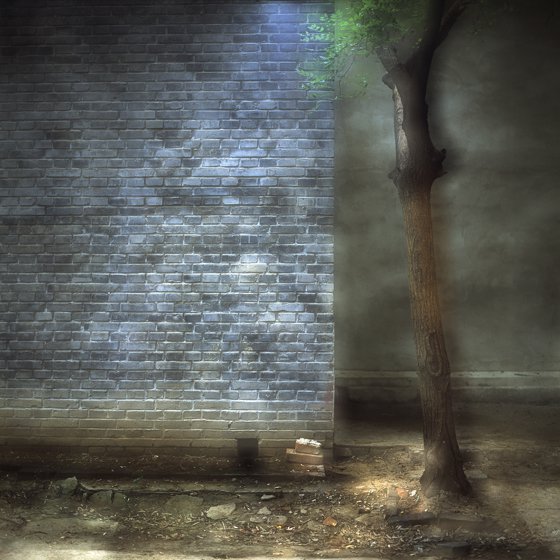
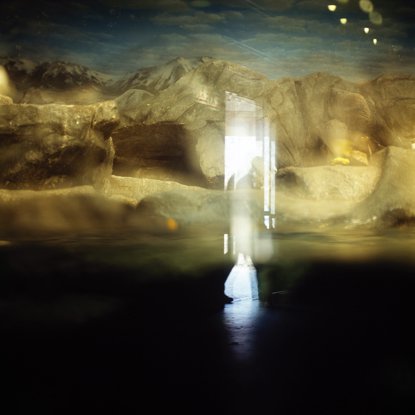
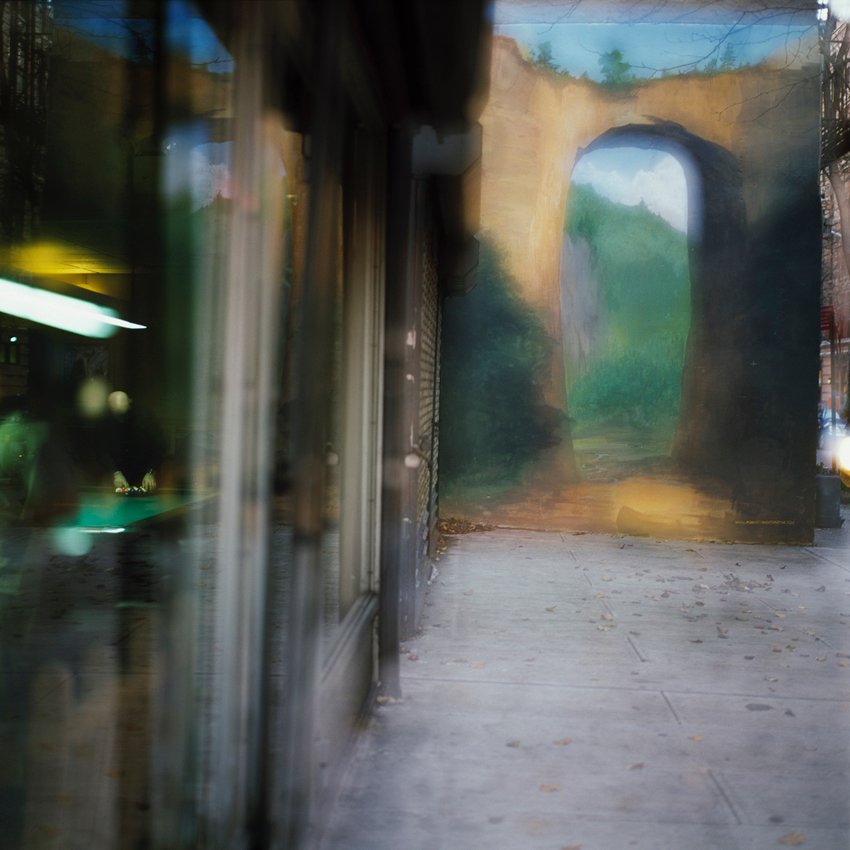
The notion of ‘uncanny’ (or as Sigmund Freud originally wrote, Unheimlich) describes a feeling of strangeness and anxiety. In the literature of psychology, it is often used in opposition to Heimlich, that which is familiar and pleasant, and which gives a profound homeostatic sensation of well-being. By adding the negative prefix ‘Un’, the meaning of the word shifts into the realm of the hidden and concealed from our sight, but none the less retaining a link to us, evoking a vague sensation of familiarity. The uncanniness of this sensation is rooted in the vagueness of this feeling, the weirdness of something once familiar that has become strange.Uncanny Places traces the steps of a number of journeys through different cities in Europe, the U.S.A., China and Russia, between 2007 and 2011. Haphazardly and intuitively, I drifted through apparently common places in a state of deliberate disorientation. My intention was to defy the illusion of objective reality, to allow my fears and desires to break loose, and to open my mind to moments of creative serendipity. As I dialogue with the outer world, I uncover a diversity of sensations and multiple interrogations. Mystery and restlessness generate a space of necessary commitment, an abandonment of the self that obliges us to shed all accumulated references to achieve a totally new experience of foreknowledge. The flow from past to future is only disturbed by our awareness of these moments: as we perceive scene and figuration in all their potential, we open a portal into the uncanny. This portal is made from fragments and fissures, ellipses and the interrupted linearity of the moments’ narrative. It is a portal that is not intended to be closed, but rather to reveal the fractured character of contemporaneity, the radical disintegration of time and space, and the uncertainty of forethought.